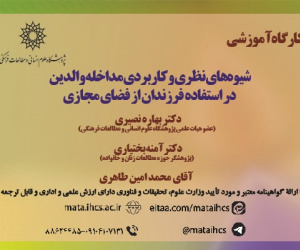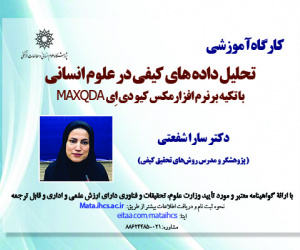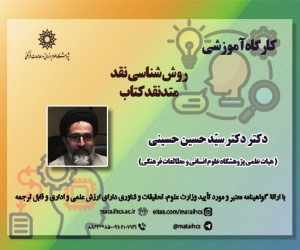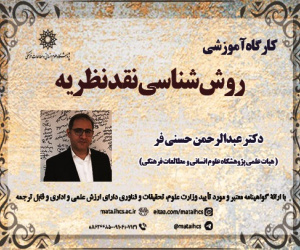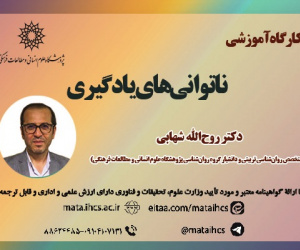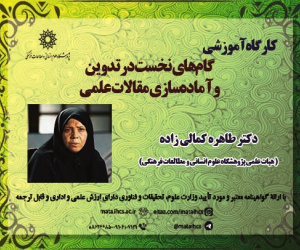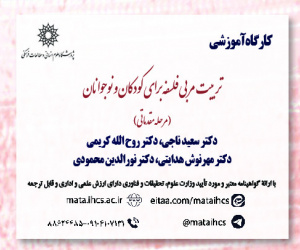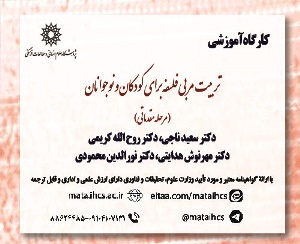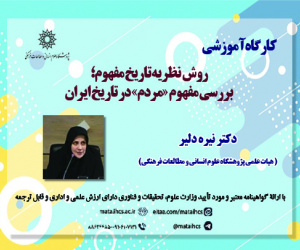تبیین اثرات فاصله و جمعیت بر الگوی فضایی جریان های مهاجرتی در بین شهرهای بزرگ ایران (مقاله علمی وزارت علوم)
درجه علمی: نشریه علمی (وزارت علوم)
آرشیو
چکیده
پژوهش حاضر با توجه به سهم قابل توجه مهاجرت در بین شهرهای بزرگ و جایگاه کانونی این شهرها در سیاستگذاری های مهاجرتی می کوشد الگوی فضایی این مهاجرت ها را تحلیل و نقش موقعیت جغرافیایی و موقعیت جمعیتی شهرها را در تعیین الگوی این جریان ها با استفاده از روش های آمار فضایی در فاصله زمانی 1395-1390 تبیین کند. براساس روش گتیس-اُرد و شاخص نسبت اثربخشی مهاجرت، سه خوشه مهاجرتی شناسایی شد که دو خوشه شامل شهرهای بزرگ مهاجرفرست و یک خوشه شامل شهرهای بزرگ مهاجرپذیر است. خوشه مهاجرفرست در دو استان خوزستان و آذربایجان غربی توزیع شده اند و خوشه مهاجرپذیر با محوریت شهرهای واقع در منطقه کلانشهری تهران شکل گرفته است. روش تحلیل خوشه ای سلسله مراتبی و ترکیب دو شاخص نسبت اثربخشی مهاجرت و حوزه نفوذ شهر نشان داد که کلانشهر تهران و کرج، به ترتیب، دارای بالاترین رتبه هستند و نسبت بالای اثربخشی مهاجرت در شهرهای پیرامونی این دو شهر صرفاً ناشی از توان مهاجرت پذیری شهرهای پیرامونی نیست، بلکه ناشی از استقرار آن ها در مجاورت دو شهر تهران و کرج است. تحلیل همبستگی پیرسون نشان داد که جریان مهاجرت های بین شهری دارای همبستگی معناداری با فاصله بین شهرها نیست. براساس مدل رگرسیون جغرافیایی، دو متغیر جمعیت شهر و حوزه نفوذ شهر 87 تا 93 درصد تغییرات در تعداد مهاجران واردشده و 52 تا 99 درصد تغییرات در نسبت اثربخشی مهاجرت شهرهای بزرگ را تبیین می کنند.The Spatial Pattern of Interurban Migration Among Iranian Big Cities: The Role of Distance and Population
Considering the significant role of big cities in Iranian internal migration and their importance in migration policies, this article employs spatial statistics to analyze migration patterns between these cities based on geographical distance, population size, and the influence domain (ID) during 2011-2016. The study identified three migration clusters based on the Getis-Ord Index method and EMR index, two of which are migrant-sending clusters, while the third is a migrant-reception cluster. The migrant-sending clusters are located in Khuzestan and West Azarbaijan provinces, while the migrant-reception cluster comprises a significant number of big cities mainly distributed in the Tehran metropolitan area. Tehran and Karaj cities rank highest among big cities, as evaluated by hierarchical cluster analysis and the integration of EMR and ID indices, respectively. The variable of geographical distance, according to the Pearson correlation coefficient, showed no significant correlation with migration. The results of the geographic regression model also revealed that the two variables, city population and ID, explain 87% - 93% of the changes in immigration and 52%-89% of the changes in EMR.
